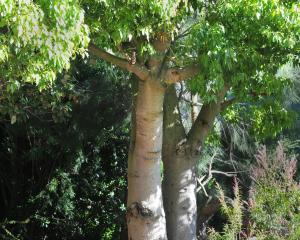A predominantly native genus of 60 or so species, mostly found in sub- to high alpine areas, it can, however, grow at sea level.
The mountain daisy has a simple daisy flower but diverse foliage and form.
Leaves are often leathery, usually with the underside clothed in a white tomentum which in a few species can range from yellowish to buff or rusty brown.
Growth habit can range from prostrate or sprawling clumps to mats made up of small rosettes, to large rosette-forming species.
Some Celmisia can be short-lived.
They usually do best in a free-draining, gritty mix in part shade to full sun, depending on species.
Dead leaves around the base of the plant should not be removed as these prevent the plant from drying out.
Propagation
• Seed - all species can be grown from seed; in some cases this is the only method of propagation available.
For best results, it should be sown as fresh as possible.
Sow seed atop a free-draining seed mix and cover lightly with small gravel chips.
Store in a well-lit area, shaded from direct sunlight at a temperature range between 10 to 15degC.
Germination can occur in four to six weeks.
• Cuttings can be taken from woody-stemmed species such as C. angustifolia.
• Divisions can be taken from the rosette-forming species such as C. monroi, or the creeping species that root where the stems touch the ground, such as C. bellidioides.
• Celmisia species grow in the Native and Rock Garden Collections at Dunedin Botanic Garden.
Nicola Baines is a third-year nursery apprentice at Dunedin Botanic Garden.











